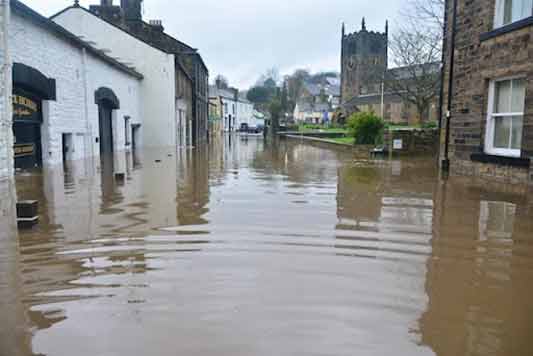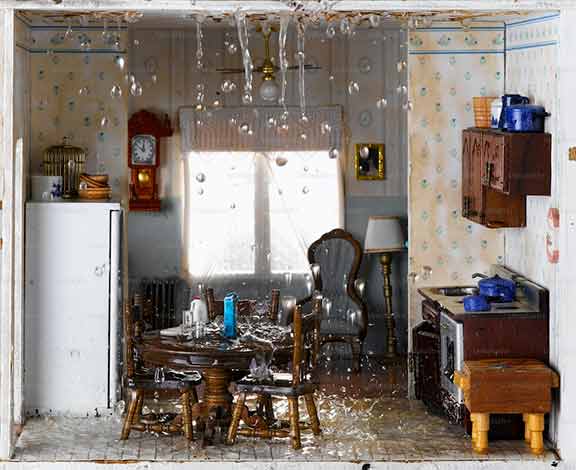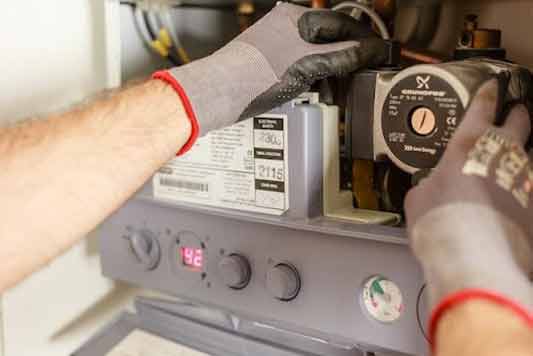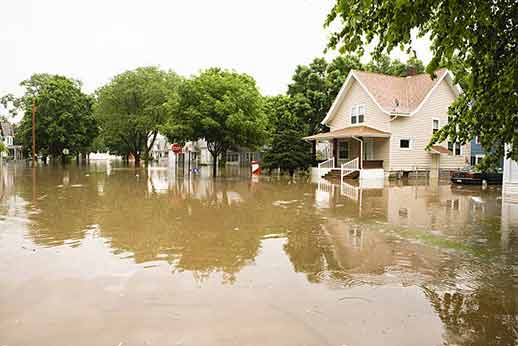
Flooding can cause extensive damage to homes, leading to costly repairs and significant inconveniences for homeowners. By implementing effective flood control systems, homeowners can protect their properties from potential water damage and ensure the safety of their families. Below we will explore various flood control systems, their installation process, and offer valuable tips for a successful implementation.
The Importance of Flood Control Systems
With the increasing frequency and intensity of extreme weather events, such as heavy rainfall and hurricanes, the risk of flooding in residential areas has become a significant concern. Flooding can result in devastating consequences, including property damage, loss of valuables, and potential health hazards due to contaminated water. Implementing flood control systems plays a crucial role in mitigating these risks and safeguarding residential properties.
Flood Control System Types
Before delving into the installation process, let’s explore some common types of flood control systems:
Flood Barriers
Flood barriers are physical structures designed to prevent water from entering a property. They can be permanent fixtures or deployable systems that can be quickly set up before an anticipated flood event. Flood barriers can include walls, fences, and inflatable or expandable barriers that surround the perimeter of a property, diverting water away.
Sump Pumps
Sump pumps are mechanical devices used to remove water that has accumulated in a basement or lower-lying area of a property. They act as a preventive measure, automatically pumping out water before it reaches a critical level and causes flooding. Sump pumps are typically installed in areas prone to basement flooding.
Backflow Valves
Backflow valves, also known as backwater preventers, are essential components of flood control systems. These valves ensure that water flows in only one direction, preventing sewage or stormwater from backing up into a property during heavy rainfall or flooding. Having a backflow valve professionally installed can protect basements and lower levels from sewer backups.
Dry Floodproofing
Dry floodproofing involves making modifications to a property to prevent water from entering. This can include sealing off cracks in foundations, installing flood-resistant doors and windows, and waterproofing walls. Dry floodproofing techniques are particularly useful in areas where flood barriers may not be feasible due to space limitations or aesthetic concerns.
Elevated Construction
Elevated construction entails building a property on raised platforms or pilings to elevate it above the floodplain level. This technique is commonly used when the property is situated in an area prone to frequent or severe flooding. By elevating the structure, homeowners can minimize the risk of flood damage and potential water intrusion.
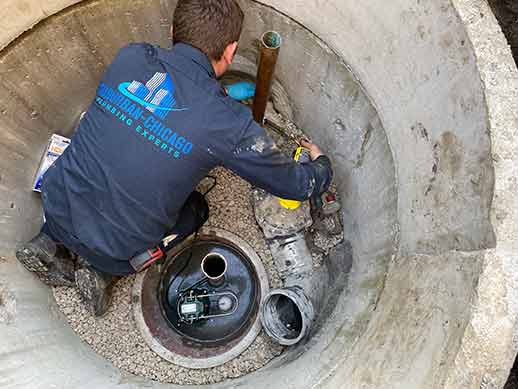
Based on the property’s characteristics and the identified flood sources, the flood control system should be carefully designed.
Flood Control System Installation Process
While the installation process may vary depending on the specific flood control system being implemented, there are some general guidelines to follow:
Speaking with Professionals
Before proceeding with the installation, it is advisable to consult with professionals experienced in flood control prevention systems. They can assess the property’s unique characteristics, identify potential vulnerabilities, and recommend the most suitable flood control measures.
Mapping Potential Flood Sources
An essential step in the installation process involves identifying potential flood sources near the property. This may include nearby rivers, drainage systems, or low-lying areas that are prone to flooding. By understanding the primary sources of flooding, homeowners can develop a comprehensive flood control plan.
Designing the Flood Control System
Based on the property’s characteristics and the identified flood sources, the flood control system should be carefully designed. This includes determining the appropriate type of flood control measures and their specific locations to maximize effectiveness.
Obtaining Necessary Permits
Before commencing installation, it is crucial to check local regulations and obtain any necessary permits. Some flood control systems may require approval from local authorities to ensure compliance with building codes and environmental regulations.
Engaging Professional Installers
While some homeowners may possess the skills to install certain flood control systems, it is generally recommended to engage professional installers. These professionals have the expertise and experience to ensure the installation is conducted correctly and efficiently.
Regular Maintenance and Inspections
Once the system is installed, regular maintenance and inspections are essential to ensure its continued effectiveness. This may include checking for any signs of wear and tear, clearing any debris that may obstruct the system, and testing its functionality periodically.
Tips for a Successful Flood Control System Installation
Here are some valuable tips to consider when installing flood control systems:
Tailor the System to the Property
Each property has unique characteristics that may require specific flood control measures. Customizing the system to fit the property’s requirements ensures optimal efficiency and effectiveness.
Consider Future Risks
When designing the flood control system, it is important to consider potential future risks. This includes accounting for climate change projections, development in nearby areas that may affect drainage patterns, and new floodplain maps released by authorities.
Maintain Clear Communication
Throughout the installation process, clear communication between the homeowner, professionals, and contractors is vital. This ensures that everyone is on the same page regarding the system design, installation timelines, and any necessary adjustments.
Test the System
After installation, it is crucial to test the system thoroughly. This includes simulating various flood scenarios and assessing the system’s performance. Identifying any shortcomings or areas for improvement early on allows for necessary adjustments to be made.
Incorporate Redundancy Measures
Adding redundancy measures to the system can provide an extra layer of protection. For example, installing a backup battery system for sump pumps or incorporating multiple barriers can minimize the risk of system failure during critical situations.
Conclusion
Implementing flood control systems in residential properties is a proactive approach to protect homes and families from the devastating effects of flooding. By choosing the appropriate flood control measures and following a systematic installation process, homeowners can significantly reduce the risk of water damage and enjoy peace of mind during severe weather events. Remember to engage professionals, conduct regular maintenance, and stay informed about emerging flood control technologies to ensure your system remains effective for years to come.
